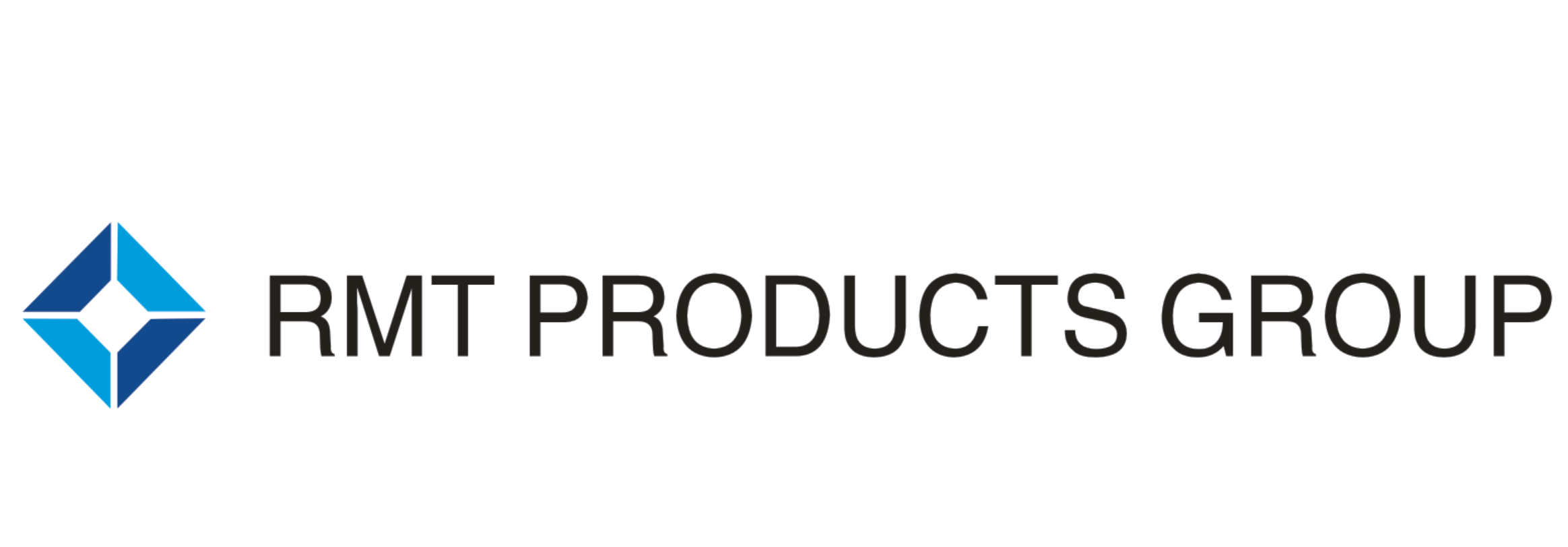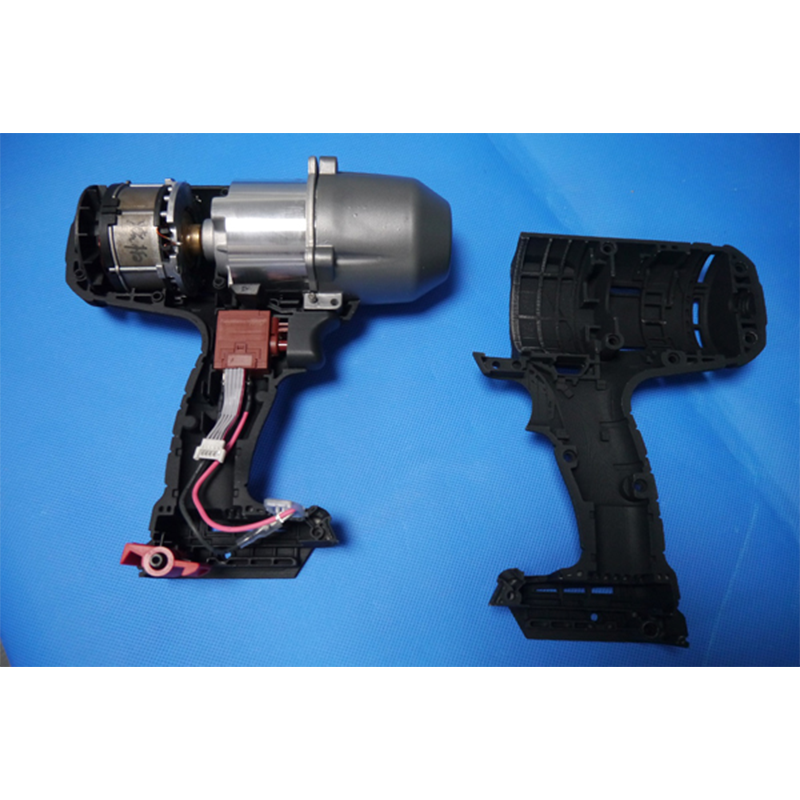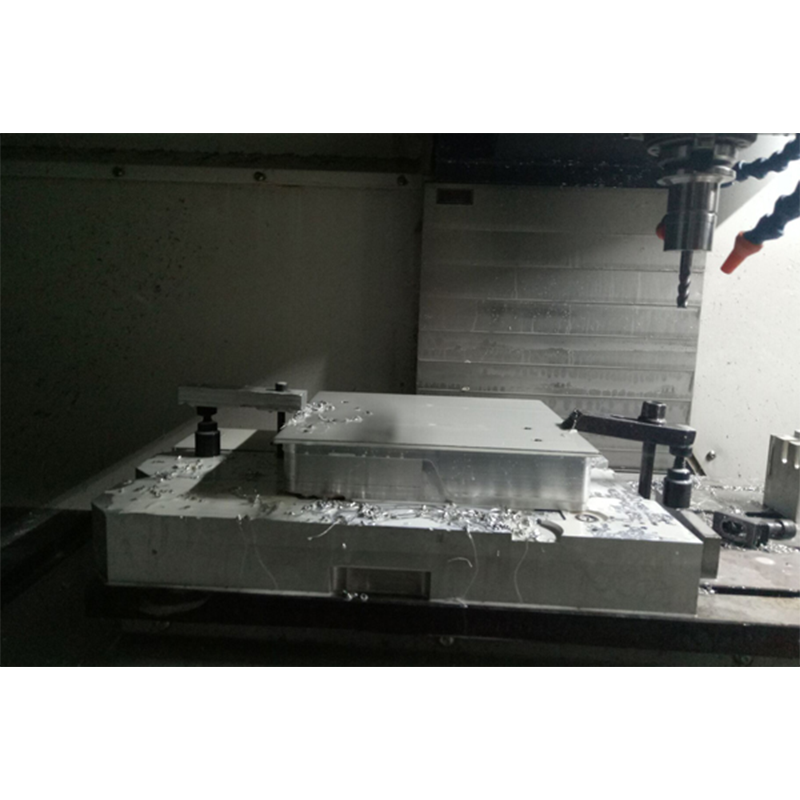Rapid Prototyping: Accelerating Product Development Cycles
Understanding Rapid Prototyping Techniques for Product Development
Rapid prototyping has become really important in how products get developed these days. It lets companies build early versions so they can actually see if their ideas work in practice. What makes this approach so valuable is that it saves both time and money during development cycles. When teams can make changes quickly based on real world testing, development timelines often shrink by around 30% according to what we've seen across different industries. The prototypes catch problems that might otherwise go unnoticed until much later stages. Finding those issues early means fixing them costs far less than discovering them after production has already started running.
Rapid prototyping involves several different methods, and what works best really depends on what the project actually needs. Take 3D printing for instance, many designers love this approach because it handles complicated shapes so well, which makes it great for checking designs and doing test runs before full production. Prototypes with lots of fine details or ones that need quick turnaround times tend to benefit most from this method. When metal parts are required though, CNC machining becomes the go to option since it delivers exceptional precision. Sheet metal fabrication shops often rely on this technique when they need something durable and accurate. For those situations where the prototype must match exactly what will be produced in volume, injection molding steps in with its ability to replicate material properties perfectly. Picking between these options isn't always straightforward, but experienced engineers know to look at factors like budget constraints, timeline pressures, and whether the prototype needs to function like the finished item or just look like it.
Benefits of Rapid Prototyping in Product Development Cycles
When companies adopt rapid prototyping, they basically speed up how products get developed because designers can try out ideas much faster than before. The whole process creates a work environment where new concepts get tweaked constantly as people give feedback almost instantly. What makes this method so valuable is that it cuts down on waiting around between when someone comes up with an idea and when it actually gets made. Teams aren't stuck waiting for months anymore. Instead, they have freedom to experiment with all sorts of creative possibilities without getting bogged down in red tape. Take automotive design for instance. Car manufacturers now build multiple versions of dashboard layouts within weeks rather than years, letting them focus on what drivers really want instead of just guessing.
Rapid prototyping saves money on development costs too. Companies that adopt this approach typically see their expenses drop somewhere around half compared to traditional methods. The reason? When designers spot those annoying little flaws right at the beginning instead of halfway through, they don't end up spending thousands chasing down mistakes later on. Think about it this way: imagine catching a major problem with your new gadget design while still sipping coffee at your desk versus discovering it after investing months into manufacturing. That's why smart businesses prefer to address these issues upfront so they can spend their budget dollars on making products better rather than constantly patching holes that should have been fixed long ago.
Rapid prototyping really helps teams communicate better and work together when there are actual models to look at and touch. Physical prototypes act as great conversation starters for folks across departments like design, engineering, marketing, and sometimes even salespeople who need to understand what they're selling. When everyone can see something real instead of just drawings or descriptions, it makes alignment on product goals much easier. Plus, these prototypes get stakeholders involved in the process. They tend to give more meaningful feedback and make smarter decisions because they can actually interact with what's being developed. The end result? Products that hit closer to what customers actually want rather than what someone thought they might want based on theory alone.
Key Types of Rapid Prototyping Techniques
Getting familiar with different rapid prototyping methods helps companies improve their product development workflow significantly. Among these techniques, Stereolithography or SLA stands out as one of the go to options in many industries today. The process works by using an ultraviolet laser beam to harden liquid photopolymer resin layer by layer until it forms a solid object. What makes SLA so appealing is its ability to create really detailed prototypes with smooth surfaces that look almost finished right off the machine. Many designers find this particularly useful when they need to apply paints or coatings later on. While SLA offers good precision at reasonable costs, there are some limitations worth noting. The models tend to be somewhat fragile compared to other materials, especially after prolonged exposure to sunlight or damp environments which can cause them to break down over time.
Fused Deposition Modeling, or FDM as it's commonly called, stands out because anyone can get started with it pretty easily, which explains why manufacturers big and small have adopted this approach. The process works by melting plastic filaments and laying them down one layer at a time until the model takes shape. What makes FDM so popular? For starters, it doesn't require fancy equipment or deep pockets, hence why schools often incorporate it into their curriculum and hobbyists love playing around with it in their garages. Sure, parts made through FDM won't last forever under stress, but for most prototype work where exact measurements aren't critical, these models do just fine. They might warp a bit over time, but that's a small price to pay for getting ideas off the drawing board quickly and affordably.
Selective Laser Sintering or SLS for short is one of those advanced methods used in rapid prototyping. It works by using a CO2 laser to fuse together powdered materials layer by layer until they form solid structures. What makes this approach stand out is how well it handles complex shapes and creates parts that can actually function rather than just look good. The process produces pretty tough components that maintain strength in all directions. However there are some downsides too. Surface finish tends to be rougher compared to other techniques, and not every material works well with SLS. Still many engineers stick with it when they need prototypes that will withstand real world testing conditions despite these minor drawbacks.
These varied rapid prototyping techniques cater to different levels of detail, durability, and cost, making them indispensable tools in the fast-paced landscape of product development and automotive parts manufacturing.
Applications of Rapid Prototyping in Various Industries
The automotive parts manufacturing world is seeing major changes thanks to rapid prototyping techniques that cut down on design time significantly. Engineers can test out different versions of parts much faster these days, which means they get better at refining their creations before final production runs. The tech lets them build lighter weight components without sacrificing strength something every carmaker wants nowadays. What makes this so valuable is how it allows for actual road testing of prototypes under realistic conditions. When parts survive harsh weather tests and crash simulations, manufacturers know they've got something solid. Car companies across the board are speeding up their development cycles as a result. Instead of waiting months between concept sketches and finished products, many firms report getting new models ready for market in half the usual timeframe while maintaining higher standards of quality throughout the process.
Rapid prototyping has become a game changer for companies developing consumer products, letting them get their goods onto shelves quicker while keeping up with what shoppers want next week. When manufacturers build and test prototypes fast, they actually get real customer reactions sooner rather than later, which means changes happen before final production starts. Speeding up the whole process cuts down on wasted resources too many startups discover the hard way when launching something nobody really wants. Companies that master this technique tend to spot emerging trends first, giving them an edge in markets where what was hot yesterday might be obsolete tomorrow.
Healthcare professionals have increasingly turned to rapid prototyping when creating custom medical gear and surgical instruments over recent years. What makes this approach so valuable? Well, it allows doctors to design solutions tailored specifically to individual patients, which often leads to better treatment results. Take 3D printed prosthetics as just one real world example many people know about these days. These printed limbs cost less than traditional ones and are easier to get hold of for those who need them. Another practical application comes in the form of detailed surgical models that help operating teams prepare properly before going into complex procedures. The flexibility offered by rapid prototyping continues to play a big part in making healthcare better for everyone involved while pushing forward what's possible in modern medicine.
Real-World Products Leveraging Rapid Prototyping
Producing 100 sets of SLA 3D printed prototypes demonstrates just how efficient and high quality additive manufacturing can be. Stereolithography, or SLA as it's commonly called, works by using UV lasers to cure liquid resin layer by layer. What makes this method special is its ability to create really intricate details and super accurate models. Companies use these prototypes all the time for everything from showing off product concepts to making working parts that actually function. The turnaround time is pretty impressive too, and the surface finish looks almost like injection molded plastic. For sectors such as car manufacturing and aircraft design, where getting measurements right matters a lot, SLA printing has become something of a game changer in recent years.
Vacuum casting stands out as a key method within rapid prototyping circles, particularly when it comes to producing plastic product samples. The process works by filling urethane material into molds while creating a vacuum environment, which helps eliminate air bubbles and other defects. What makes this technique so useful is that it creates highly accurate copies of the initial design, something that's great for doing trial runs or small batch production of intricate parts. Manufacturers find this approach beneficial because they can handle orders faster without compromising on quality. Plus, the consistency across all prototypes matters a lot in sectors where precision really counts, like medical devices or aerospace components where even minor variations could cause major issues down the line.
By integrating these advanced prototyping methods, manufacturers are empowered to innovate rapidly, adhering to high standards of precision and efficiency needed in todayâs competitive market landscape.
Future Trends in Rapid Prototyping Technologies
Rapid prototyping is changing fast thanks to new material developments, especially bio-based options and those that combine multiple materials. What this means is designers can now tackle much more complicated projects while still keeping sustainability in mind across various industries. The rise of bio-based materials makes sense environmentally speaking, as they provide real world alternatives without sacrificing functionality. Take PLA for instance, which comes from corn starch and works great for certain applications. Multi-material approaches take things even further. Prototypes made with several materials actually behave closer to what gets produced at scale, since they incorporate different strengths and weaknesses all in one piece. This helps engineers test out ideas better before committing to full production runs.
The combination of artificial intelligence and automation in rapid prototyping is changing things big time for manufacturers. With these new tech tools, the whole prototyping workflow gets much smoother because machines actually start learning from what designers put into them, making everything work better and more accurately. Smart systems powered by AI can spot problems before they happen and offer fixes right away, which cuts down on wasted time and money when products need to be redesigned over and over again. When it comes to manufacturing, automated processes handle all those boring repeat jobs so engineers don't have to waste their brainpower on mundane stuff. Instead, people get to concentrate on coming up with fresh ideas and making important calls about how parts should be made, whether we're talking about car components or intricate sheet metal pieces. All this together means products reach market faster than ever before while opening up totally new opportunities across different industries including medical devices and gadgets for everyday consumers.
Challenges and Considerations in Rapid Prototyping
Balancing speed against quality remains one of the biggest headaches in rapid prototyping work. The whole point of these methods is faster production, sure, but often at the expense of those fine details and smooth finishes we all want to see. Industry insiders know that getting good results quickly means investing in better tech and spending extra time upfront planning everything out properly. Teams really need to pick their prototyping approach wisely if they want something that works well without sacrificing too much on either front.
Material choices matter a lot when it comes to rapid prototyping because what we pick affects how well things work, whether something can actually be made, and how much money gets spent on prototypes. Some methods let us work with all sorts of different stuff, but others have pretty strict limits which makes designers think twice about their options and changes what ends up in the final product. Costs tend to go through the roof pretty fast too unless someone keeps an eye on them, so this directly impacts whether a project stays within budget or turns into a financial disaster. Finding materials that do the job without breaking the bank remains key for anyone trying to get good results from their prototype work.

 EN
EN
 AR
AR
 BG
BG
 HR
HR
 CS
CS
 DA
DA
 NL
NL
 FI
FI
 FR
FR
 DE
DE
 EL
EL
 IT
IT
 JA
JA
 KO
KO
 NO
NO
 PL
PL
 PT
PT
 RO
RO
 RU
RU
 ES
ES
 SV
SV
 IW
IW
 LV
LV
 SR
SR
 SK
SK
 UK
UK
 GL
GL
 HU
HU
 TH
TH
 TR
TR
 FA
FA
 GA
GA
 CY
CY
 EU
EU
 BN
BN
 BS
BS
 LA
LA
 NE
NE
 SO
SO
 KK
KK













